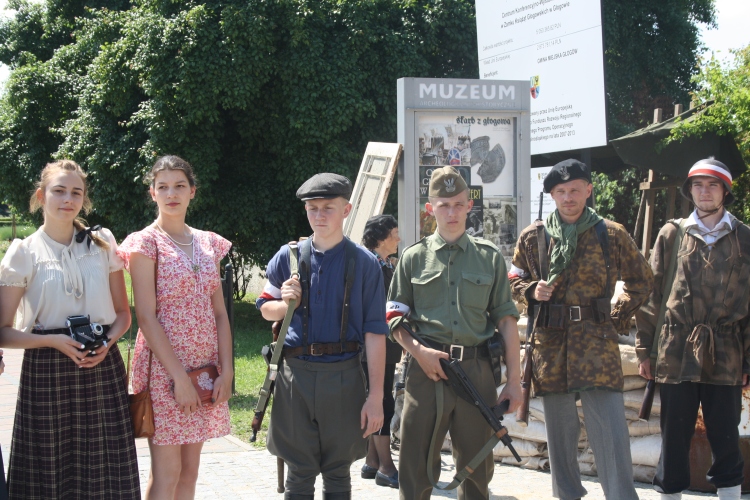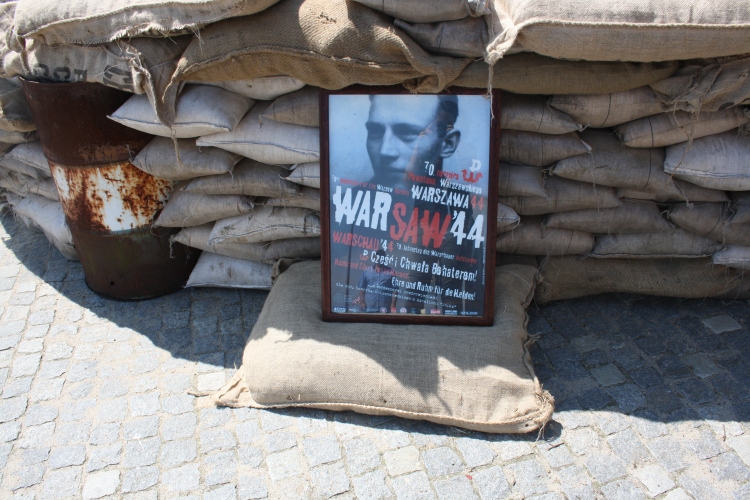One day while walking along the lovely Odra river in Głogow on a hot and sunny day, I came upon the Museum of Archaeology and History in Głogow. Teenagers were reenacting some kind of WWII scene. This was done in conjunction with a yearly festival they have in the town called Dni Głogowa or Days of Głogow.

I didn’t want to interrupt and so I watched them. They were all very serious about it and it struck me how very intense people are about the second world war, even now, generations later. Afterwards I found out from my boyfriend that Głogowa (also known in German as Glogau) was made into a Nazi stronghold during WWII. Then towards the end of the war in 1945 the Soviet Red Army destroyed all of the buildings.
After the war, the sizeable German population of the city was expelled and forced to leave. In May 1945, Polish settlers came to the city however most of it was in ruins, including the castle which has now been rebuilt according to its ancient plans (and is now the Museum). The rebuild of the town has been ongoing since then. The town started to redevelop once a copper foundry was built there in 1967.

The teens here are possibly representing some of the WWII Polish resistance movement who were very active in Głogow at the time, destroying key factories, thwarting the efforts of the Nazi occupation.



Talk about ‘active learning’! Super way to experience local history of any type (keep the guns unloaded though kids)
LikeLike
I know right! I love when people do historical reenactments like this…so cool. 😊
LikeLike
Yes, compare this to the good ol’ textbook
LikeLike
Exactly. I think it’s quite popular to know how to handle firearms in Poland, mainly because everyone invades them all the time, they are all quite paranoid it seems, but have reason to be in view of history.
LikeLike